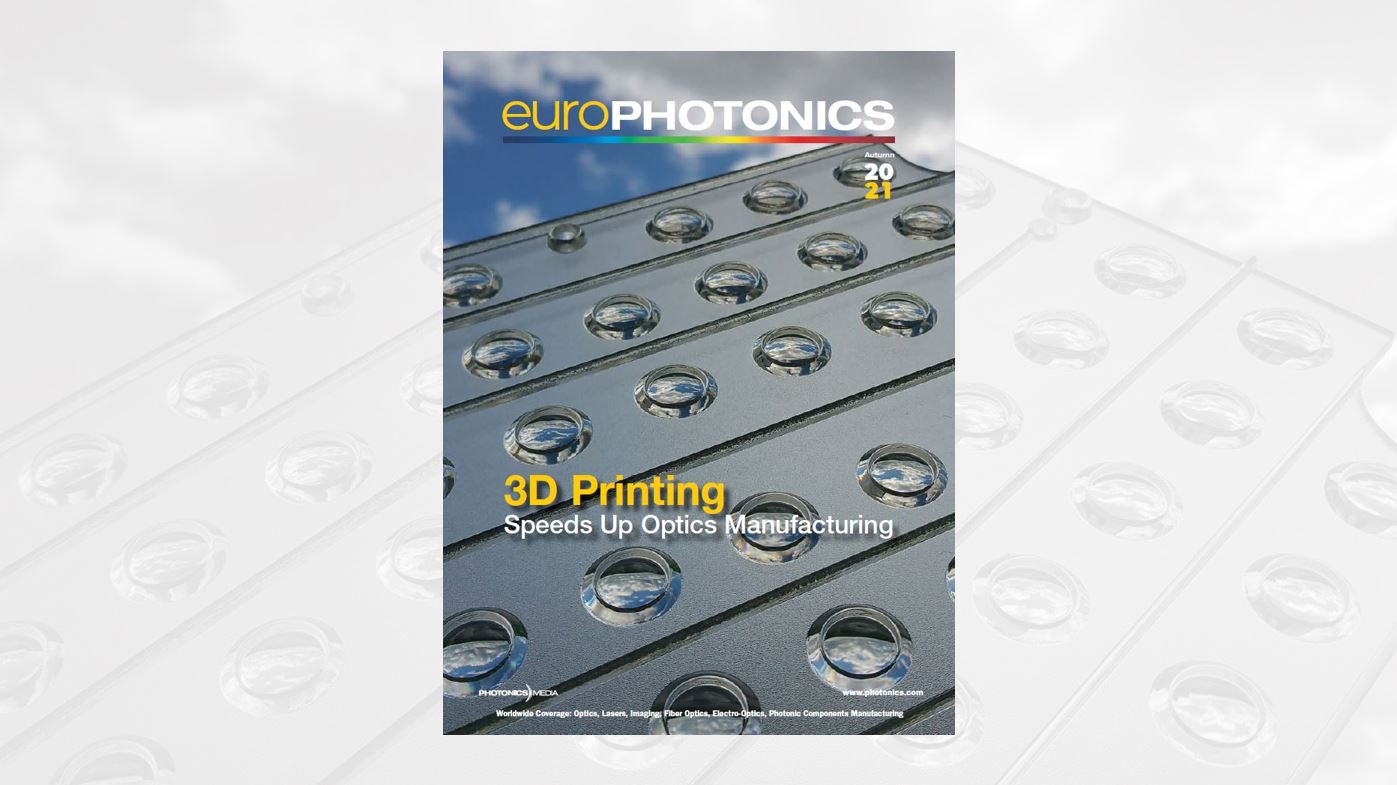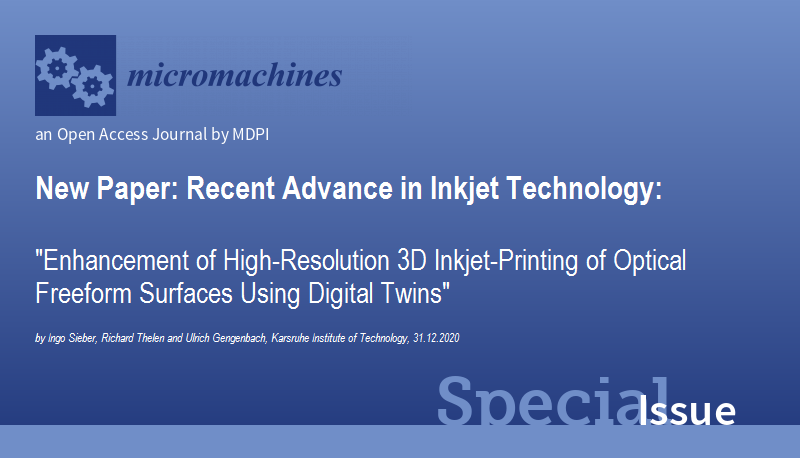3D Printing Speeds Up Optics Manufacturing
Whereas the traditional manufacture of optical components was carried out mainly through conventional milling technologies, today’s novel 3D printing methods have significantly increased the speed and flexibility of the overall making process. By adding successive layers of a UV or thermally-cured resin until a given shape is complete, developers are able to start small and grow it to the optics design they need, as opposed to cutting away from larger blocks, resulting in mostly wasted material. Digital technology is enabling this production on demand, with no minimum order necessary.
Digital Optics Manufacture
Thanks to digital fabrication methods, producers of optical components have at their disposal processes such as printoptical technology and two-photon polymerization, which can produce smooth micro-optics in one fabrication step, and two-photon grayscale lithography, wherein 3D printing allows for the simultaneous production of components with multiple diffractive properties. A newly arrived hybrid approach that combines 3D printing with casting can also result in inefficient generation of custom components.
EuroPhotonics Cover Story
In the cover story of this edition of EuroPhotonics, Marco de Visser, co-founder of Luximprint, points out that these fundamental changes in the fabrication of optical components have benefited the automotive, aerospace, and medical industries, to name a few. And direct laser writing technology now allows for the swift adjustment of specifications while not sacrificing the precision that these industries demand.
Find out what the future may hold in this area in the online magazine.









![3D printen een van de 5 trends in de kunststoffenindustrie [NL]](https://www.luximprint.com/wp-content/uploads/2021/09/Luximprint_3D-Print-Magazine_Article-Kunststoffenbeurs-2021.jpg)












